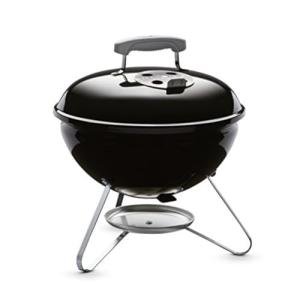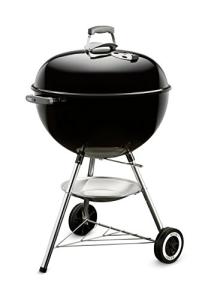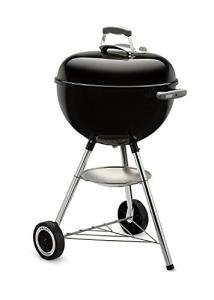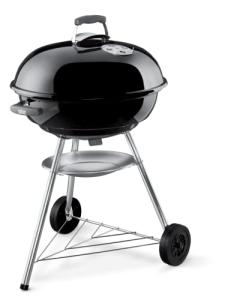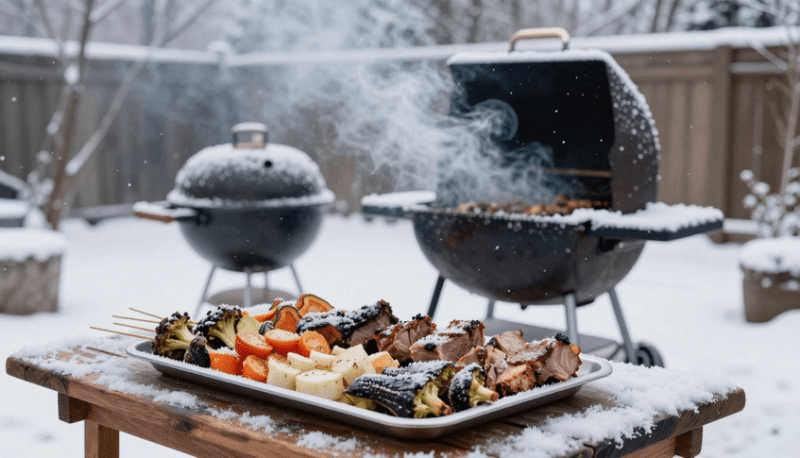Charcoal grilling is more than just cooking; it's a cherished tradition. It turns grilling into an art form. Every sizzle and smoky scent brings joy, creating lasting memories with loved ones.
By learning the right techniques, you can take your backyard BBQ to the next level. This guide is for everyone, from beginners to seasoned grillers. We'll cover the basics and advanced methods to make your grilling exceptional.
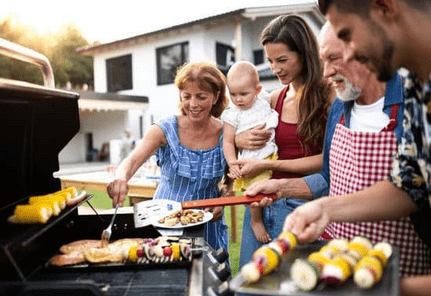
Key Takeaways
- Understanding the differences between lump charcoal and briquettes enhances temperature control.
- Two-zone fire setups can help manage temperatures effectively during grilling.
- Using a reliable thermometer ensures accurate heat management, improving cooking results.
- Marinating meats can significantly enhance flavor and tenderness before grilling.
- Managing flare-ups is crucial for maintaining consistent cooking conditions.
- Regular maintenance and cleaning of your grill will prolong its life and performance.
The Basics of Charcoal Grilling
Learning about charcoal is crucial for better grilling. Charcoal adds flavor and keeps the heat steady. It's vital for both beginners and those looking for charcoal grilling tips.
What is Charcoal?
Charcoal is made by burning hardwood in a special way. This creates a fuel that burns well and lasts long. It's loved for its smoky taste and ability to keep heat up.
The Different Types of Charcoal
Choosing the right charcoal depends on what you're cooking. Here are some common types:
- Lump Charcoal: It's from natural hardwood and burns hot. It's best for quick cooking and a great sear.
- Charcoal Briquettes: Made from sawdust and fillers, they burn longer. They're perfect for slow cooking.
- Binchotan: This Japanese charcoal burns long and clean. It's great for precise cooking.
- Coconut Shell Charcoal: It's eco-friendly and burns well. It adds a unique flavor to food.
Grilling on a Charcoal Grill: Techniques and Tips
Grilling on a charcoal grill brings out exciting flavors and unique cooking experiences. Knowing the right techniques can greatly improve your results. A good charcoal grill setup is key for the best outcomes.
A two-zone setup, with coals on one side, lets me sear proteins and then cook them gently on the cooler side. This method enhances flavor and tenderness for a variety of grilling techniques.
Setting Up Your Grill for Success
For success on the grill, I suggest a two-zone setup for both direct and indirect heat. This setup allows for high-heat cooking on one side and cooler cooking on the other. It's great for searing steaks and cooking chicken without burning.
Before grilling, I let the charcoal burn for 20-30 minutes until it's a lovely grey-white color. This shows it's ready for grilling.
Temperature Control Methods
Controlling the temperature is key for charcoal grilling. The vents on the grill help manage temperature. Opening them increases heat, while closing them lowers it.
Using a grill thermometer is essential for monitoring temperature. For example, steaks need high heat, while chicken and fatty fish do better at medium and low temperatures. Paying attention to these details ensures even cooking and flavor.
Best Charcoal Grilling Techniques
Mastering charcoal grilling techniques is key to making tasty meals. Learning how to light charcoal and manage grill time can improve your outdoor cooking. It makes every dish a hit.
Lighting Your Charcoal Effectively
I use a charcoal chimney for a quick start. It avoids lighter fluid, which can ruin flavors. I fill the chimney with crumpled paper and charcoal, then light it.
In 15-20 minutes, the coals are ready. They glow evenly, reducing flare-ups. This method ensures a clean burn.
Timing and Patience
Patience is essential when grilling. I wait for the charcoal to turn gray-white before cooking. This takes about 20-30 minutes.
This step helps control the temperature and prevents surprises. After heating for 5-10 minutes, the grill is ready. It's the perfect setup for grilling.
Charcoal Grill Maintenance Tips
Keeping your charcoal grill in top shape is key to a great grilling experience. Simple maintenance tips can make your grill last longer and help you cook delicious meals for years. Regular cleaning and care prevent rust, food sticking, and air vent blockages from ash.
Cleaning Your Grill After Use
Cleaning your grill after each use is vital for taste and hygiene. I clean the grates while they're warm to remove food easily. This makes the next barbecue better by preventing food from sticking.
Excess ash can block air vents, affecting temperature. I empty the ash receptacle every 3-5 uses to keep air flowing well. Using oil on the grates also prevents rust, extending grill life.
I check my grill brushes for loose bristles to avoid food contamination. I replace my brush seasonally. Neglecting this can be risky, as many grill users do.
Storing Charcoal Properly
Storing leftover charcoal correctly is crucial for its longevity. I keep mine in a cool, dry place, sealed tightly. This method keeps the coal usable for up to two years, saving money and extending grilling sessions.
A greasy bowl is a sign to clean it. A clean bowl helps maintain cooking temperature. I also clean the grill's exterior monthly with a microfiber cloth.
Creating Delicious Charcoal Grill Recipes
Mastering charcoal grill recipes is all about understanding how different elements work together. The right flavors can make your food truly special. By choosing the right meat and vegetables, you can create dishes that everyone will enjoy.
Understanding Flavor Profiles
Meat and vegetables react to smoke in their own special ways. Knowing which charcoal to use is key to improving flavors. For example, lump charcoal is great for strong flavors in meats like beef and lamb.
Using marinades can also boost flavors. They let you try out different spices and herbs while grilling. This makes charcoal grilling a fun and rewarding experience.
Wood Pairings for Enhanced Smoke Flavor
Adding wood chunks or chips can really improve the smoke flavor in your food. For example, hickory is perfect for ribs or chicken, adding a deep smokiness. Fruitwoods like cherry or apple are lighter, adding a sweet touch to fish or vegetables.
Experimenting with wood pairings can greatly enhance your grilling experience. It will also make your meals even more delicious.
Conclusion
Mastering charcoal grilling is a rewarding journey filled with challenges and triumphs. I've learned about different types of charcoal and how to control the temperature. This knowledge has helped me create amazing meals and bring people together.
Success in grilling comes from using the right techniques, like managing heat and choosing the right charcoal. Using a chimney starter and setting up different heat zones has made a big difference. Each BBQ is a chance to try new flavors and make unforgettable meals.
Charcoal grilling adds a special smoky flavor to food, making every meal special. Spending time improving my grilling skills has made my cookouts better and strengthened my bonds with family and friends. I recommend trying charcoal grilling to anyone who wants to make their BBQs unforgettable.
DISCLAIMER
This document is provided for general information purposes only and should not be relied upon as providing legal advice, technical, or specific operational guidance to the reader, whether as to the practices described in the document or the applicable legal requirements and regulations. backyardgrillingpros.com expressly disclaims any responsibility for liability arising from or related to the use or misuse of any information in this document.

